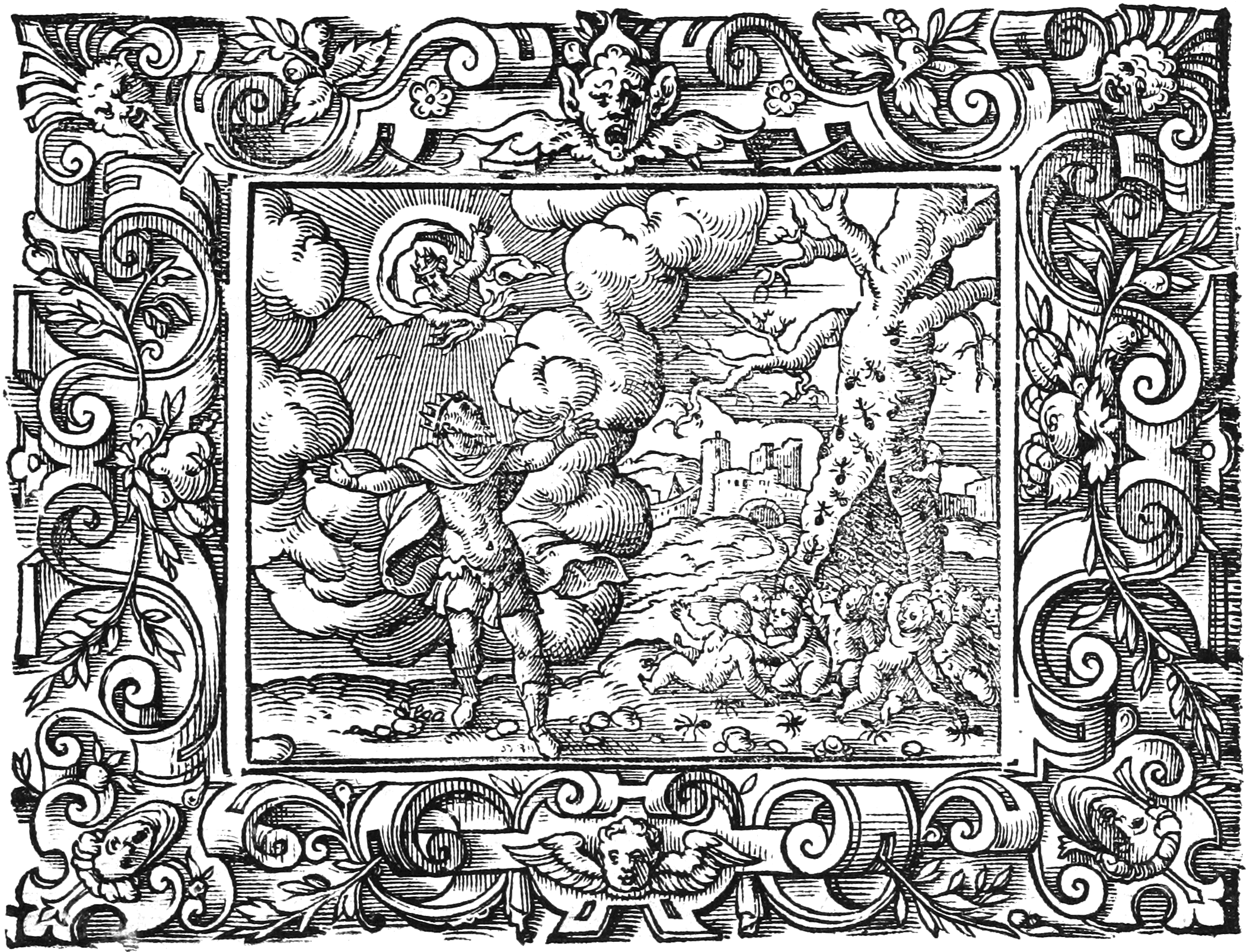|
Poieessa
Poeeessa or Poieessa ( grc, Ποιήεσσα), or Poeessa or Poiessa (Ποιῆσσα), or Poeassa or Poiassa (Ποιᾶσσα), was a town of ancient Keos, situated on the southwestern side of the island, on a high and steep promontory. It was founded in the 6th century BC. According to myths the Aeacus Aeacus (; also spelled Eacus; Ancient Greek: Αἰακός) was a mythological king of the island of Aegina in the Saronic Gulf. He was a son of Zeus and the nymph Aegina, and the father of the heroes Peleus and Telamon. According to legend, ... founded the city. Its site is located near the modern Poiesses (Pisses). References Populated places in the ancient Aegean islands Former populated places in Greece Kea (island) {{AncientAegean-geo-stub ... [...More Info...] [...Related Items...] OR: [Wikipedia] [Google] [Baidu] |
Ancient Keos
Kea ( el, Κέα), also known as Tzia ( el, Τζια) and in antiquity Keos ( el, Κέως, la, Ceos), is a Greek island in the Cyclades archipelago in the Aegean Sea. Kea is part of the Kea-Kythnos regional unit. Geography It is the island of the Cyclades complex that is closest to Attica (about 1 hour by ferry from Lavrio) and is also from Cape Sounio as well as SE of Athens. Its climate is arid, and its terrain is hilly. Kea is long from north to south and wide from west to east. The area is with the highest point being above sea level. The municipality, which includes the island Makronisos, has an area of . Its capital, Ioulis, is inland at a high altitude (like most ancient Cycladic settlements, for fear of pirates) and is considered quite picturesque. Other major villages of Kea are the port of Korissia and the fishing village of Vourkari. After suffering depopulation for many decades, Kea has been recently rediscovered by Athenians as a convenient destination for ... [...More Info...] [...Related Items...] OR: [Wikipedia] [Google] [Baidu] |
Aeacus
Aeacus (; also spelled Eacus; Ancient Greek: Αἰακός) was a mythological king of the island of Aegina in the Saronic Gulf. He was a son of Zeus and the nymph Aegina, and the father of the heroes Peleus and Telamon. According to legend, he was famous for his justice, and after he died he became one of the three judges in Hades alongside Minos and Rhadamanthos. In another story, he assisted Poseidon and Apollo in building the walls of Troy. He had sanctuaries in Athens and Aegina, and the Aeginetan festival of the Aeacea (Αἰάκεια) was celebrated in his honour. Family Aeacus was the son of Zeus by Aegina, a daughter of the river-god Asopus, and thus, brother of Damocrateia. In some accounts, his mother was Europa and thus possible brother to Minos, Rhadamanthus and Sarpedon. He was the father of Peleus, Telamon and Phocus and was the grandfather of the Trojan war warriors Achilles and Telemonian Ajax. In some accounts, Aeacus had a daughter called Alcima ... [...More Info...] [...Related Items...] OR: [Wikipedia] [Google] [Baidu] |
Populated Places In The Ancient Aegean Islands
Population typically refers to the number of people in a single area, whether it be a city or town, region, country, continent, or the world. Governments typically quantify the size of the resident population within their jurisdiction using a census, a process of collecting, analysing, compiling, and publishing data regarding a population. Perspectives of various disciplines Social sciences In sociology and population geography, population refers to a group of human beings with some predefined criterion in common, such as location, race, ethnicity, nationality, or religion. Demography is a social science which entails the statistical study of populations. Ecology In ecology, a population is a group of organisms of the same species who inhabit the same particular geographical area and are capable of interbreeding. The area of a sexual population is the area where inter-breeding is possible between any pair within the area and more probable than cross-breeding with in ... [...More Info...] [...Related Items...] OR: [Wikipedia] [Google] [Baidu] |
Former Populated Places In Greece
A former is an object, such as a template, gauge or cutting die, which is used to form something such as a boat's hull. Typically, a former gives shape to a structure that may have complex curvature. A former may become an integral part of the finished structure, as in an aircraft fuselage, or it may be removable, being using in the construction process and then discarded or re-used. Aircraft formers Formers are used in the construction of aircraft fuselage, of which a typical fuselage has a series from the nose to the empennage, typically perpendicular to the longitudinal axis of the aircraft. The primary purpose of formers is to establish the shape of the fuselage and reduce the column length of stringers to prevent instability. Formers are typically attached to longerons, which support the skin of the aircraft. The "former-and-longeron" technique (also called stations and stringers) was adopted from boat construction, and was typical of light aircraft built until the ... [...More Info...] [...Related Items...] OR: [Wikipedia] [Google] [Baidu] |



